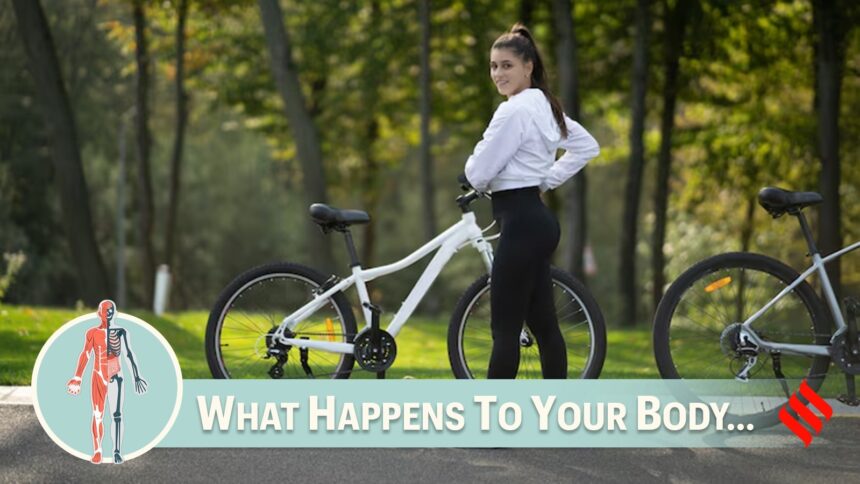Staying fit and being on top of their nutrition game is every expecting mother’s focus during the crucial nine months. From low intensity workouts to Pilates, is changing as per their bodily needs. For those who’d been cycling since before, do not let your baby bump stop you. Indianexpress.com reached out to experts to find out what happens to your body when you cycle during pregnancy and the precautions you need to keep in mind during this delicate phase.
Dr Dharmesh Shah, Founder & Director of Holistica World shared that during pregnancy, your body undergoes significant changes. Cycling can help maintain cardiovascular fitness, manage weight gain, and support muscle tone, all of which can be beneficial for childbirth. However, pregnancy also brings increased fatigue, changes in balance, and joint stress due to weight gain and shifting posture.
“During the first trimester, extreme fatigue may limit your endurance, and as your baby grows in the second and third trimesters, you might experience shortness of breath and joint discomfort, particularly in your lower back, hips, and knees,” he said.
He shared that you can cycle throughout pregnancy, but it is essential to reduce the intensity and listen to your body. “Cycling is generally considered safer during the first two trimesters when your belly isn’t as large and balance is less of a concern. After the second trimester, cycling can become more uncomfortable as your body changes and your balance may be affected, increasing the risk of falls,” said Dr Shah.
Agreeing, Dr Manisha Ranjan, Senior consultant obstetrician & gynecologist, Motherhood Hospital, Noida said that cycling is generally safer in the first and second trimesters. “During the first trimester, your center of gravity remains stable, and the risk of falling is lower. By the second trimester, your growing belly begins to shift your balance, which can increase the risk of falls, making stationary cycling a safer alternative,” she added.
According to her, most doctors advise stopping outdoor cycling by the third trimester. “During this period, your balance and agility significantly decline, increasing the risk of injury to both you and your baby. Stationary bikes become the recommended option at this stage, as they eliminate the risk of falling while still providing cardiovascular benefits,” she added.
1. Consult your Doctor: Before continuing or starting any exercise routine, talk to your healthcare provider to ensure cycling is safe for you.
2. Monitor your Intensity: Keep the intensity moderate. Pregnancy is not the time for vigorous, high-intensity rides. Focus on maintaining fitness rather than pushing your limits.
3. Adjust your Cycle: Raising the handlebars can help maintain an upright posture, which is more comfortable as your belly grows.
4. Be Mindful of Balance: As your bump grows, balance can become an issue. If you start feeling unstable, it’s safer to transition to a stationary cycle.
5. Stay Hydrated: Ensure you drink plenty of water, as dehydration can be harmful to both you and your baby.
6. Listen to your Body: If you feel discomfort, shortness of breath, or any other unusual symptoms, stop cycling and rest. Every pregnancy is unique, and it’s important to adjust based on how you feel.








